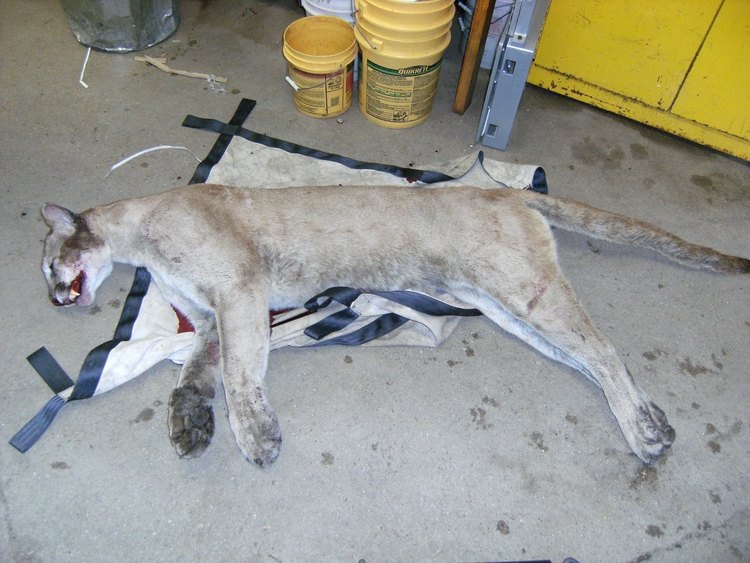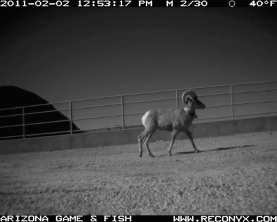A mountain lion was struck and killed by a car on a Connecticut highway Saturday morning (June 11). News reports say Connecticut Department of Environmental Protection officials believe it to be the same animal that was spotted in Greenwich, Connecticut earlier that week. The reports also mention that it is likely a captive animal that escaped or was released.
The US Fish and Wildlife Service declared the mountain lion extirpated from the East back in March. Captives roaming free and the occasional wild wanderer should keep the Internet humming for years to come.
See reports in the Hartford Courant, and NBC News.
Update: The Connecticut DEP press release.
Photo: Connecticut State Police/Ct. DEP


